Introduction: A New Era of Digital Power
Stablecoins have quietly become the bridge between traditional finance and the digital economy. What began as an experiment to stabilize volatile cryptocurrencies has now evolved into a trillion-dollar movement that even central banks and Wall Street can’t ignore. In 2025, stablecoins are no longer just a “crypto thing.” They are the foundation for global payments, decentralized finance (DeFi), and tokenized real-world assets.
The shift from speculation to utility is visible everywhere. Stripe acquired Bridge, a stablecoin infrastructure company, for $1.1 billion. Tether reported nearly $13 billion in annual profit with fewer than 200 employees. BlackRock, the world’s largest asset manager, now issues tokenized money market funds that interact directly with stablecoins like DAI.
This article explores the evolution of stablecoins, their economic importance, how regulation is catching up, and what the next decade might look like for this transformative technology.
What Are Stablecoins
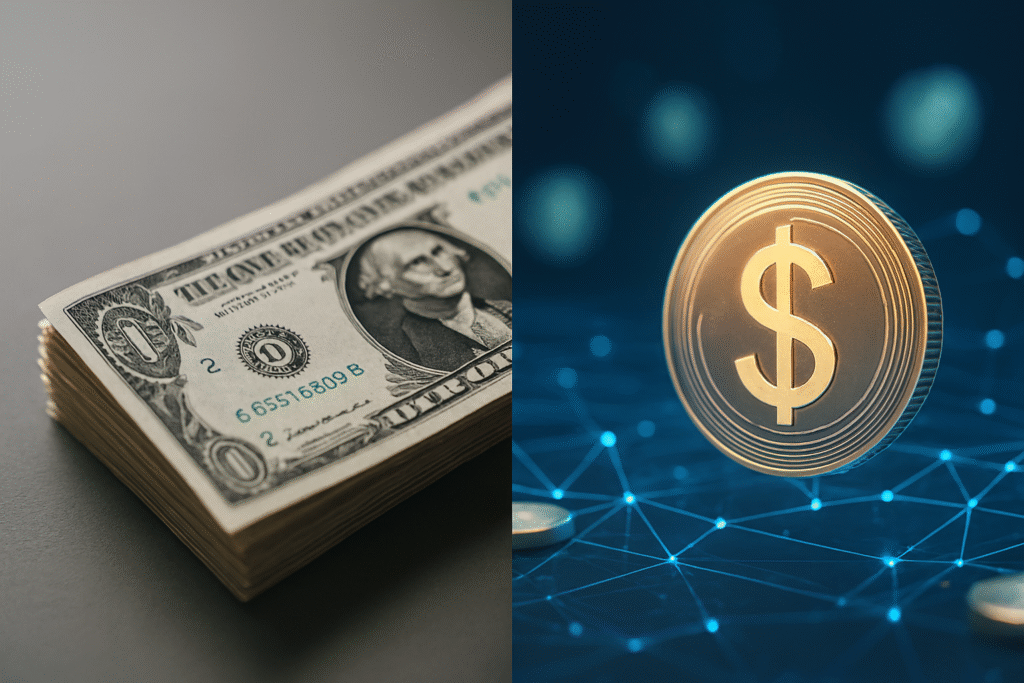
Stablecoins are digital assets designed to maintain a steady value, typically pegged to a fiat currency like the U.S. dollar. There are two main types:
1. Fiat-Backed Stablecoins – Issued by companies like Tether (USDT) and Circle (USDC), these coins are fully collateralised by cash or cash equivalents such as Treasury bills.
2. Crypto-Collateralized Stablecoins – Like MakerDAO’s DAI, these are backed by digital assets such as Ethereum and rely on overcollateralisation and smart contracts to maintain price stability.
At their core, stablecoins combine the best of both worlds: the stability of fiat currency and the efficiency of blockchain technology. They function 24/7, settle transactions instantly, and remove dependence on traditional banking hours or intermediaries.
Also Read: Tokenomics Decoded: The Blueprint for Crypto Success and Failure
A Tale of Two Founders: The Origin Stories

The stablecoin ecosystem was forged by two very different visionaries.
Phil Potter and the Birth of Tether (USDT)
In the wild west of early crypto, exchanges were hesitant to touch traditional money. Phil Potter, a Wall Street veteran, saw a bottleneck. Traders needed a way to escape crypto’s volatility without cashing out entirely. His solution was Tether: a digital dollar that could move as easily as Bitcoin.
The initial growth was slow. Then, an unexpected use case emerged. Businesses in Southeast Asia began using USDT for international trade, finding it faster and cheaper than traditional banking channels. At the same time, traders started using it for arbitrage. Potter realised he hadn’t just created a trading tool; he had conjured a parallel, 24/7 global dollar network. Today, with nearly $150 billion in circulation, Tether’s network effect is immense.
Rune Christensen and the Decentralized Dream (DAI)
Rune Christensen was the archetypal crypto idealist. He saw Bitcoin as an escape from a broken financial system. But the volatility was a major roadblock. His solution was MakerDAO, a decentralized protocol built on Ethereum that would allow users to generate a stablecoin, DAI, by locking up their crypto assets as collateral.
This was a radical departure. There was no central company like Tether. Instead, smart contracts self-executing code on the blockchain, automatically managed the collateral and liquidated it if its value fell too close to the borrowed amount. It was a system built on transparency and code, not on a trusted intermediary. While DAI has since incorporated traditional assets into its reserves, it remains a pillar of the “DeFi” (Decentralised Finance) movement.
The Rise of Stablecoins

A decade ago, the idea of a “crypto dollar” seemed absurd. Today, Tether’s USDT and Circle’s USDC together account for more than $200 billion in circulation. The story of their rise is as fascinating as it is instructive.
Tether: The First Giant
Launched in 2014, Tether introduced the idea of a digital dollar that could move freely between exchanges. Initially dismissed, USDT later became indispensable for traders and businesses seeking faster and cheaper cross-border settlements.
DAI: The Decentralized Alternative
In 2017, MakerDAO launched DAI, the first decentralized stablecoin. Unlike Tether, DAI operates without banks or centralized custody, using smart contracts to lock crypto collateral. Its design inspired a generation of decentralized finance projects.
Together, Tether and DAI proved one thing: stablecoins aren’t just a speculative tool. They’re a new form of programmable money.
Also Read: SAFE vs SAFT vs SAFE+T: The Startup Fundraising Contracts Shaping Crypto and Web3
The Utility of Stablecoins

Stablecoins have three primary functions that drive their adoption: trade, earn, and pay.
Trade – On centralized exchanges like Binance or Coinbase, stablecoins act as the base currency for crypto trading pairs. For traders, they offer instant liquidity and protection from volatility.
Earn – In DeFi ecosystems like Aave and Morpho, users lend stablecoins and earn yield. This decentralised money market model has attracted billions of dollars in deposits.
Pay – Beyond trading, stablecoins are increasingly used for real-world payments. Platforms like Rain and MetaMask now enable users to spend stablecoins directly through Visa and Mastercard networks, bridging the gap between crypto and commerce.
Stablecoins are also emerging as settlement tools in global trade. Exporters in Asia, for instance, have started using USDT for cross-border transactions, bypassing expensive SWIFT transfers.
Regulation and the Global Shift

Regulators are no longer ignoring stablecoins. The U.S. GENIUS Act (2025) is the most comprehensive framework yet, recognising “payment stablecoins” as a distinct class of financial products. It mandates full reserve backing, monthly disclosures, and strict auditing.
In Europe, the Markets in Crypto Assets (MiCA) framework came into effect in 2024, forcing issuers to comply with transparent reporting and reserve standards. Meanwhile, Japan limits stablecoin issuance to licensed banks, and Singapore has built a clear licensing regime.
These developments point toward convergence. Regulators globally are aligning on three core principles:
- Full transparency of reserves
- Strict KYC/AML compliance
- Legal clarity for issuers and consumers
Compliance is no longer a choice. Tether, for instance, faced delistings in the EU when MiCA rules took effect, highlighting how regulatory clarity is shaping the new financial order.
Clarity from the GENIUS Act
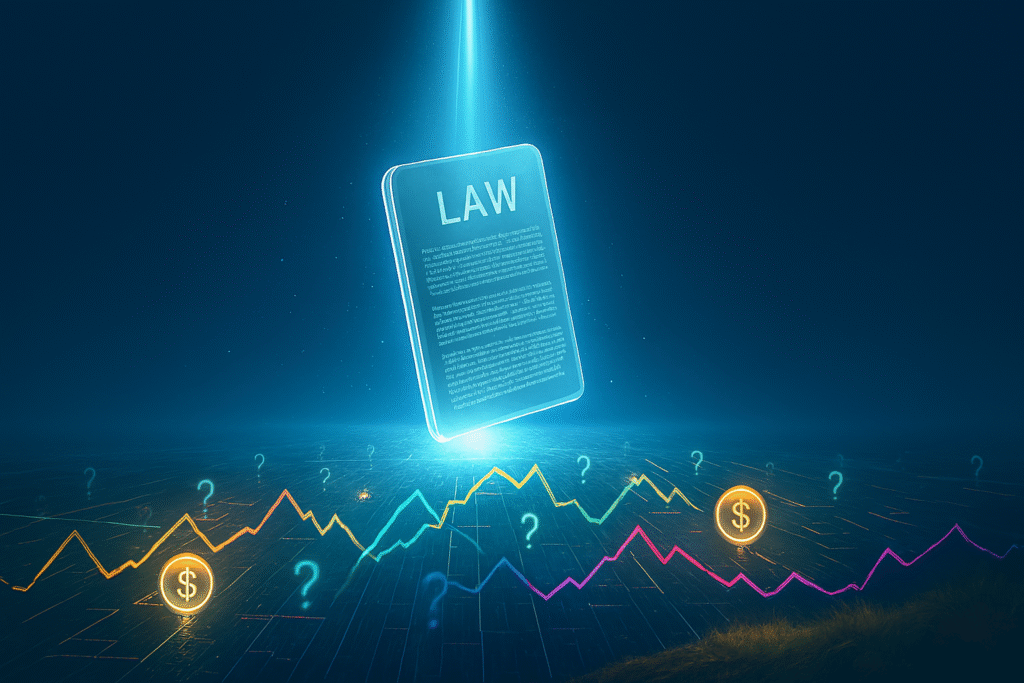
Historically, the U.S. attempted to regulate stablecoins through analogies to existing financial products, which was not ideal. The GENIUS Act represents the U.S.’s most significant attempt to provide clarity to date, focusing on “payment stablecoins” that are pegged to the U.S. dollar and used as a means of payment or settlement.
Key provisions of the Act (at the time of the document’s publication) include:
- Issuer Type: Restricting issuance to Federal and State Qualified Issuers.
- Classification: Explicitly clarifying that payment stablecoins are not securities or commodities.
- Collateral: Requiring 1:1 collateralization and restricting hypothecation (re-use) of reserves.
- Reserve Assets: Constraining acceptable collateral to highly liquid assets like insured dollar deposits and Treasury bills with a remaining maturity of 93 days or less.
- Transparency: Requiring the monthly publication of the issuer’s reserves.
The Act also grants a 12-month study period for algorithmic and yield-bearing stablecoins, temporarily leaving them in a state of regulatory limbo. This regulatory clarity is vital for the continued growth and institutional adoption of stablecoins globally.
Also Read: Fundamentals of Web3.0
Infrastructure of the Future
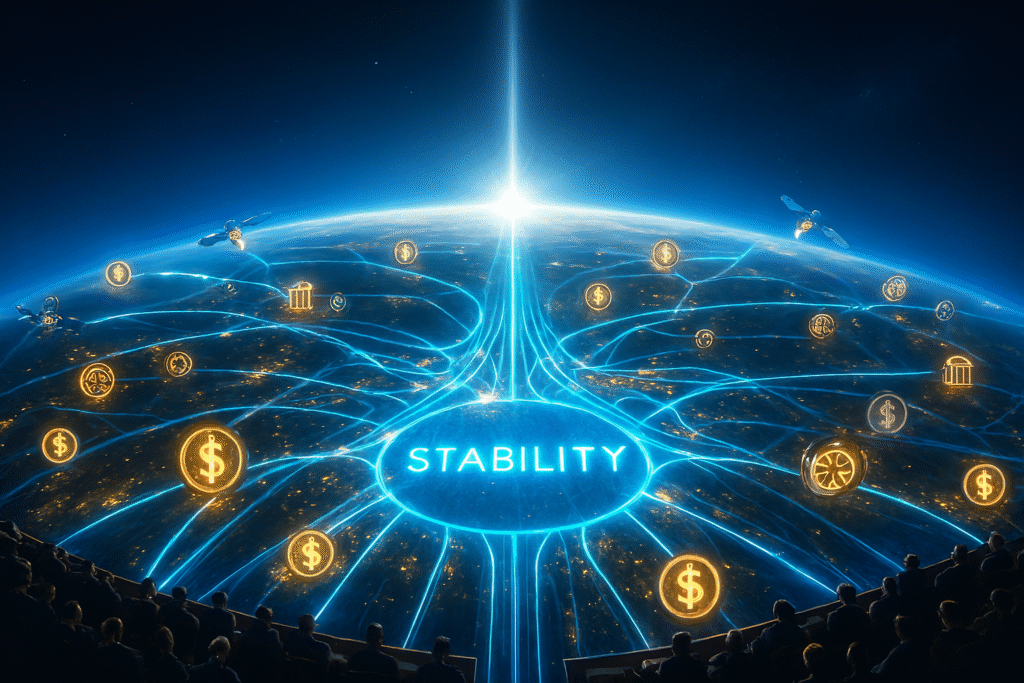
The next phase of stablecoin evolution is about infrastructure, not issuance.
Companies like Bridge and Brale are transforming stablecoin rails into full-stack financial platforms. Bridge, now part of Stripe, allows startups to build global payment products using stablecoins through APIs that handle everything from minting to compliance.
These infrastructure layers abstract away complexity, enabling businesses to offer bank-like services without needing traditional banking licenses. The result is a new financial stack, programmable, modular, and borderless.
As value creation shifts from tokens to the pipes beneath them, the biggest winners will be those building the middleware that connects stablecoins, banks, and payment networks.
The Arc of Rationality

Finance has always trended toward efficiency. From Venetian clearinghouses to digital banking, every innovation has aimed to reduce friction. Stablecoins are the next step in that arc.
They represent a unified, always-on global ledger that can support everything from remittances to securities settlement. Whether blockchains become the backbone of future finance or simply a layer within it, the logic is clear: programmable, transparent money is here to stay.
Also Read: Fundamentals of Blockchain
Recommended Reading

For those looking to dive deeper into the concepts behind crypto and the future of finance, here are some foundational books:
- “The Bitcoin Standard” by Saifedean Ammous: A compelling look at the history of money and Bitcoin’s potential role as a decentralised store of value.
- “The Age of Cryptocurrency” by Paul Vigna and Michael J. Casey: An accessible journalistic account of Bitcoin and blockchain’s rise and potential impact.
- “The Fiat Standard” by Saifedean Ammous: A follow-up that critiques the current fiat money system and explores the societal implications of cryptocurrency.
- “Broken Money” by Lyn Alden: A thorough examination of how past monetary systems have failed and how technology is shaping the future of money.
Frequently Asked Questions (FAQ)

Q1: What is the core promise of a stablecoin?
A: The core promise is that any holder should be able to redeem one stablecoin for one unit of its underlying currency, typically one U.S. dollar, at any moment, without any loss of value and with minimal friction.
Q2: What are the main types of stablecoins?
A: The two most common types are:
- Fiat-backed stablecoins (like USDT or USDC): These maintain their peg by holding an equivalent amount of fiat currency or highly liquid, safe assets (like short-term US Treasury bills) in reserve.
- Overcollateralized decentralized stablecoins (like DAI): These maintain their peg by using volatile crypto assets (like ETH) as collateral, but require the collateral’s value to exceed the stablecoin’s value (e.g., $100 ETH for $50 DAI).
Q3: How do stablecoins make money?
A: The primary business model for fiat-backed stablecoin issuers is float income. The issuer takes the fiat currency received in exchange for minting stablecoins and invests it into safe, interest-bearing assets, such as US Treasury bills. The interest earned is the float income.
Q4: What is the difference between a blocklist and a whitelist model for stablecoins?
A: The blocklist model is the default for most large stablecoins; anyone can transact unless a wallet is explicitly flagged and added to a list for sanctions or illicit activity. The whitelist model is the opposite; only pre-approved wallets can hold and transact the stablecoin, delivering maximum counterparty certainty but typically limiting distribution.
Q5: Does the U.S. government consider stablecoins a security?
A: According to the GENIUS Act (as of the document’s publication), “payment stablecoins” are explicitly clarified as not being securities or commodities. The Act, however, granted a 12-month study period for algorithmic and yield-bearing stablecoins, leaving their long-term classification open for now.
Conclusion

Stablecoins are no longer an experiment. They are the connective tissue between crypto and the global economy. As payment networks, treasuries, and governments adopt these digital dollars, the competition will shift from who issues the coins to who controls the infrastructure that moves them.
In the long run, stablecoins may fade into the background, just as TCP/IP did for the internet. What will remain is the outcome they enable instant, global, programmable finance for everyone.

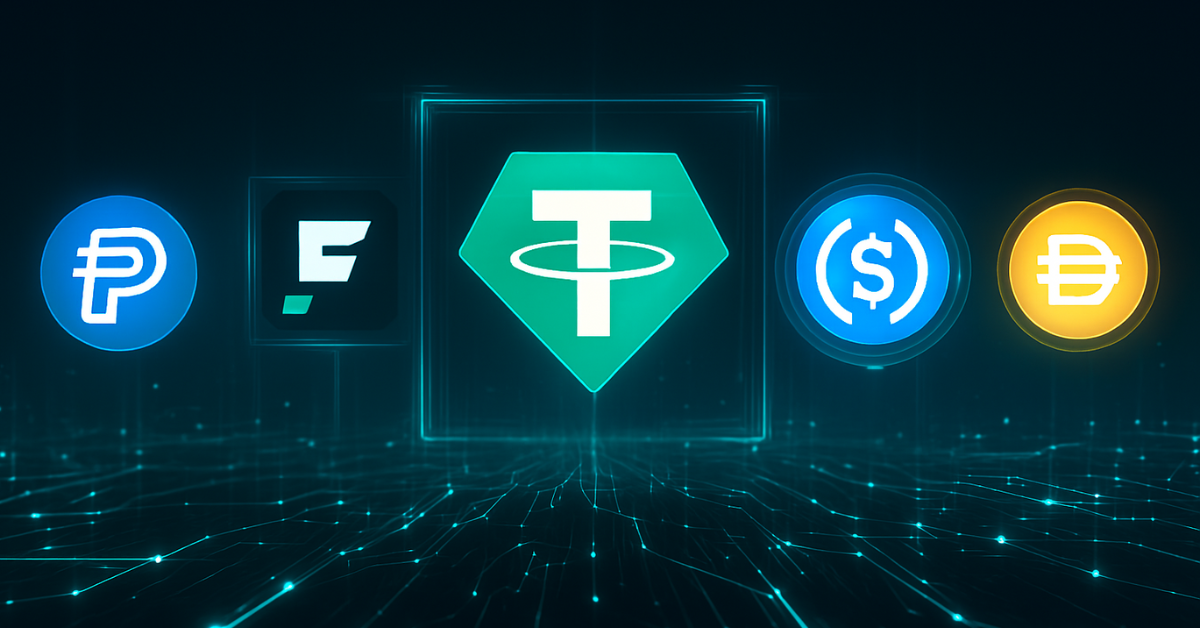



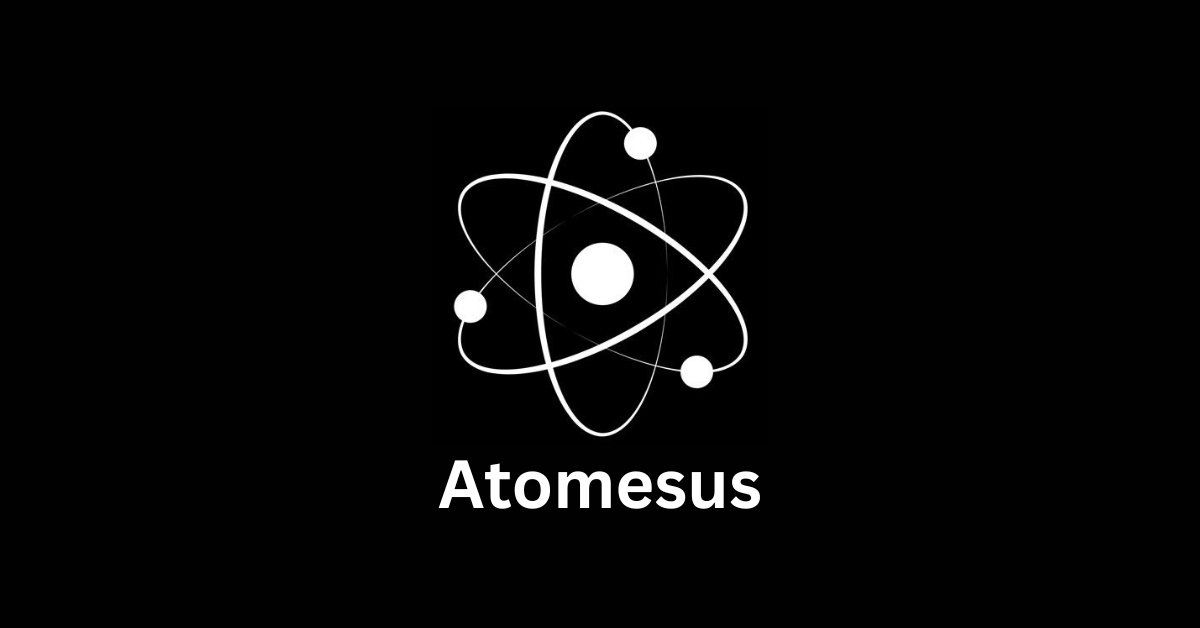

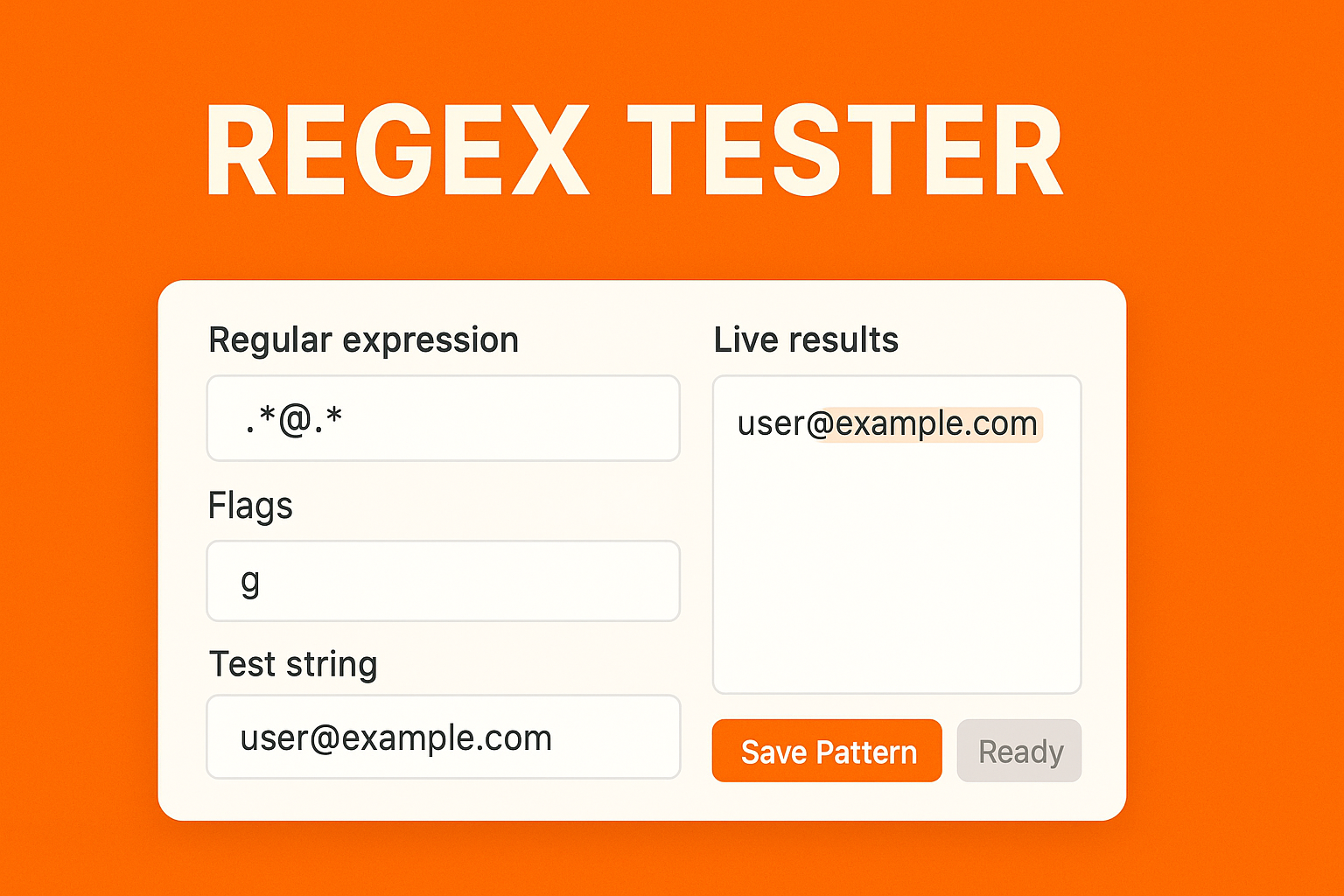





Leave a Reply